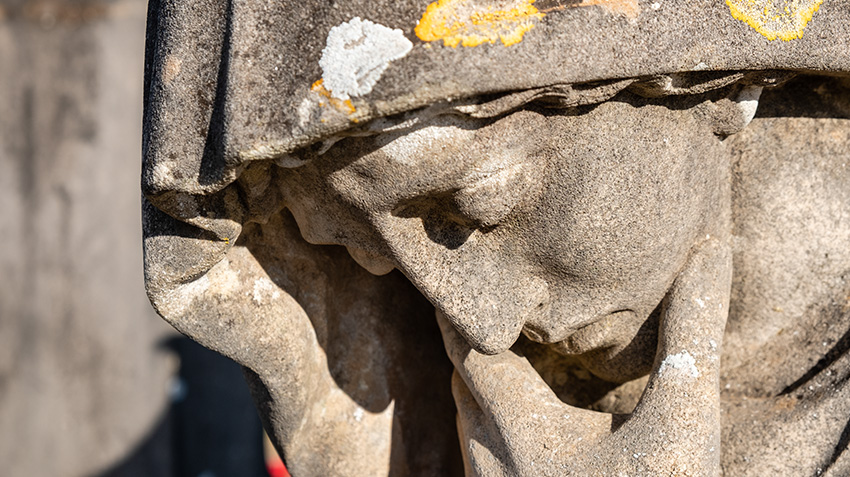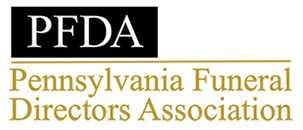
Funeral customs have been an integral part of American culture ever since the first settlers arrived in the New World.
Customs followed in America are similar to those that were followed in Europe.
The initial procedure that was followed was a simple burial in the ground without a coffin or headstone, but as the nation grew, funeral customs began to evolve.
The evolution of funeral rites here in the United States all share a common feature and that’s how the loved ones of the deceased can mourn and express their grief during a time of emotional turmoil.
Here’s how funeral customs in America came to be.
Funeral practices in 18th-Century America
Due to an increase in diversity during the 18th Century, funeral practices also began to become more diverse due to the eclectic population consisting of African Americans, Native Americans, and immigrants from all parts of Europe.
Funeral ceremonies were mostly conducted by the family members of the deceased. From building the casket to burying the body in the family cemetery, 18th-Century funerals were considered to be a family affair.
Funeral wakes began to become a common part of a funeral where family and friends would gather at the home of the deceased to watch over the body to make sure that the deceased didn’t awaken.
Along with the wake, a lavish feast was set up where mourners could eat and drink liquor. This practice progressed as funerals became more of a public affair. As colonies grew, gift exchanges began to become a common practice during funeral ceremonies.
As funeral ceremonies began to become more of a financial burden, colonial legislators passed laws to regulate the expenses that went into a funeral.
During the mid-18th Century, embalming became a widespread practice as it allowed the bodies to stay fresh for longer periods of time. Funeral directors, morticians, undertakers, and funeral home services also began to establish themselves.
Funeral practices in 19th-Century America
With the modern funeral industry of America starting to become more prominent, additional practices and customs followed.
By the 19th Century, funeral customs had become more elaborate. Funerals were typically held in churches or other public spaces, and the bodies were often displayed in open caskets.
Mourning rituals, such as wearing black clothing, became widespread. In addition, the use of funeral homes for embalming and arranging funerals became more common.
The services of funeral homes and funeral directors were extremely sought after and it became a respected profession for most individuals.
Funeral practices in 20th-Century America
In the 20th Century, funeral customs continued to evolve. Cremations, which had been popular in Europe, began to become more widespread.
More people began to opt for memorial services rather than traditional funerals. This allowed family and friends to celebrate the life of the deceased in a more personalized and intimate way.
Funeral practices in America today
Today, funeral customs continue to reflect the diversity of the population. Religious, cultural, and personal beliefs shape the way funerals are conducted.
There is no one “right” way to mourn the death of a loved one, and many people create their own unique funeral rituals to cherish the moments they shared with their recently passed loved one.
The evolution of funeral customs in America
Funeral services in America are inspired by the traditions of the very first settlers in the New World. Although elaborate ceremonies like providing expensive meals and gifts aren’t practiced anymore, some aspects, such as embalming the body and organizing a wake, are still around.
From simple burials that started in the 18th Century to traditional funeral services that are one of the most common end-of-life ceremonies practiced by people, funeral customs in America have evolved to be more accommodating, depending on your requirements.



